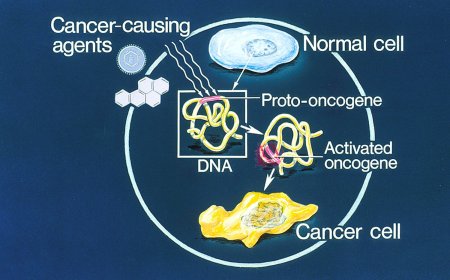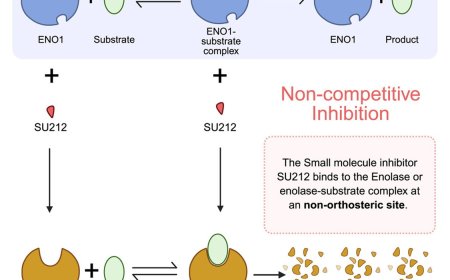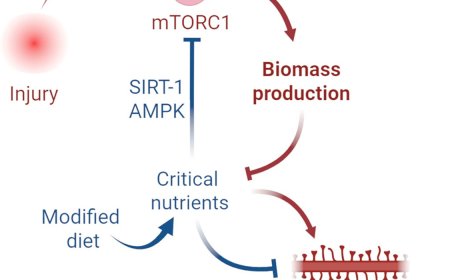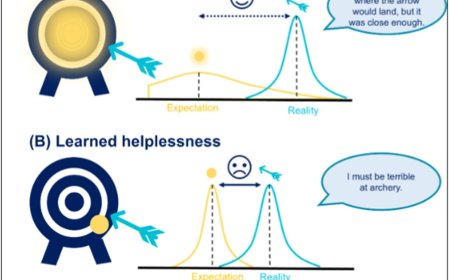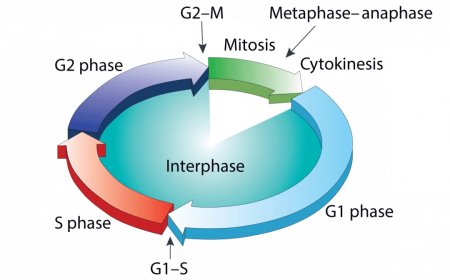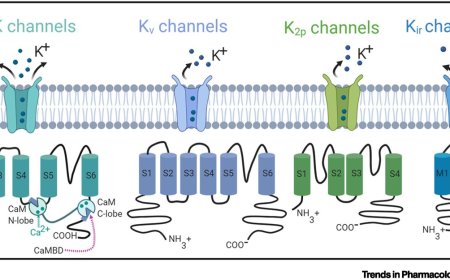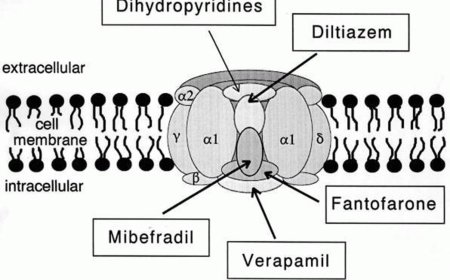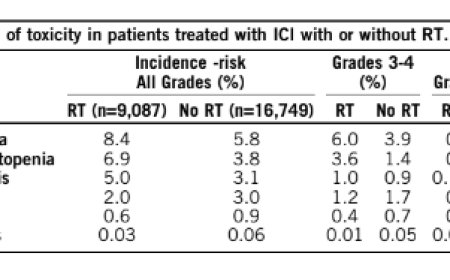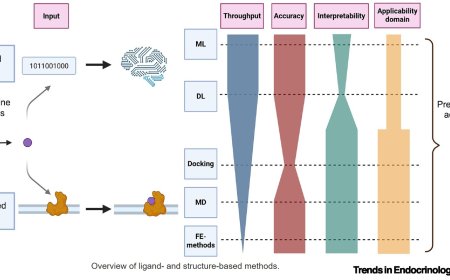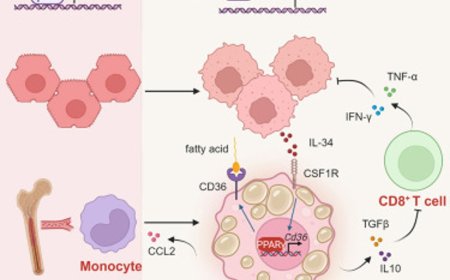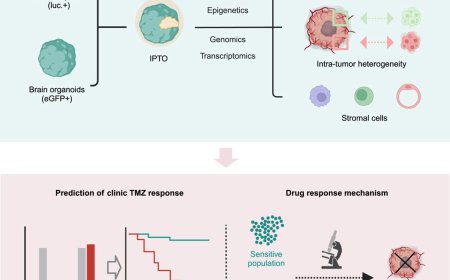The adaptive value of stubborn goals
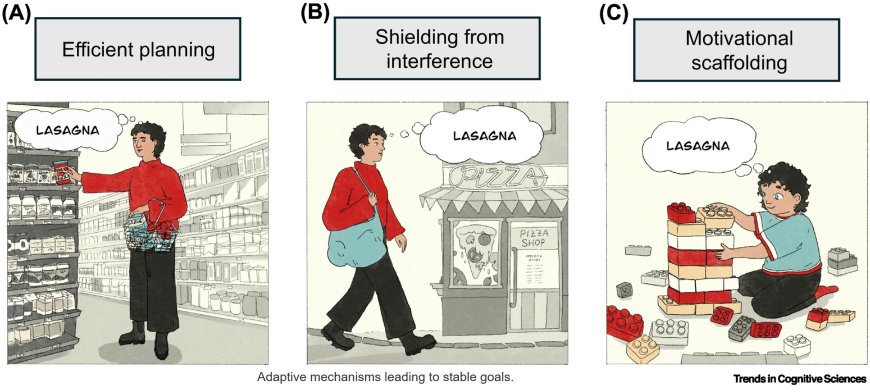
Humans show strong attachment to goals they have selected. While often framed as a maladaptive bias, we outline three adaptive functions leading to stable goals: efficient cognitive resource allocation, shielding from interference, and scaffolding motivation in the absence of immediate and tangible reward signals.
These considerations shape the algorithmic architectures that support naturalistic goal pursuit, such as the mechanisms that select, implement, and revise goals.
Understanding how these different mechanisms become miscalibrated may have important implications for characterising alterations in goal commitment affecting mental health.
https://www.cell.com/trends/cognitive-sciences/fulltext/S1364-6613(25)00278-5
